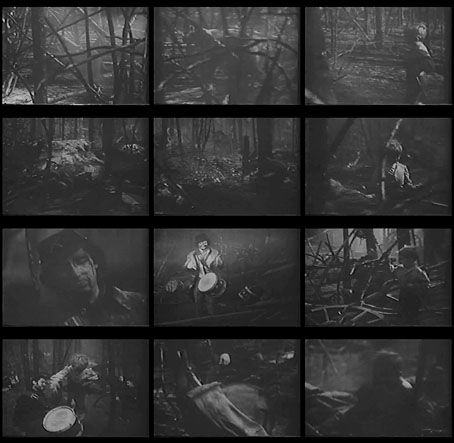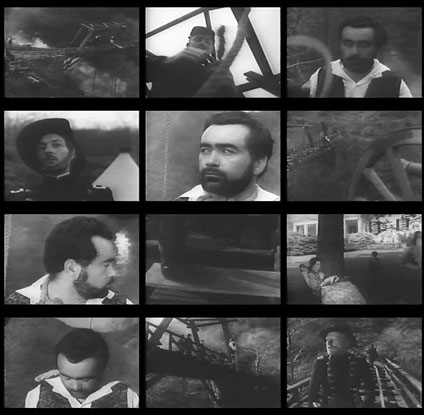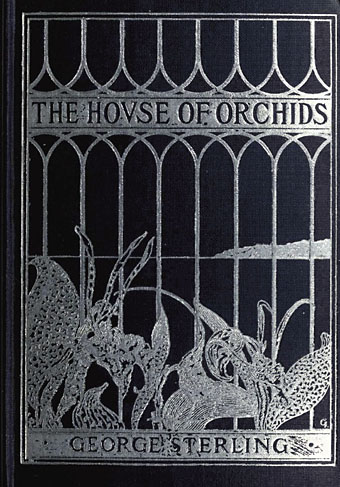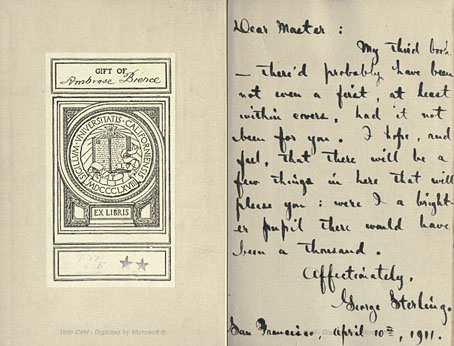They were men. They crept upon their hands and knees. They used their hands only, dragging their legs. They used their knees only, their arms hanging idle at their sides. They strove to rise to their feet, but fell prone in the attempt. They did nothing naturally, and nothing alike, save only to advance foot by foot in the same direction. Singly, in pairs and in little groups, they came on through the gloom, some halting now and again while others crept slowly past them, then resuming their movement. They came by dozens and by hundreds; as far on either hand as one could see in the deepening gloom they extended and the black wood behind them appeared to be inexhaustible. The very ground seemed in motion toward the creek.
Chickamauga (1891) by Ambrose Bierce
Chickamauga (1962) is another of Robert Enrico’s three short films based on the Civil War stories of Ambrose Bierce. The withdrawal of hope at the end of An Occurrence at Owl Creek Bridge may seem bleak but that story is positively cheerful beside the horrors of Chickamauga in which a small deaf boy wanders from home to find a new playground in the aftermath of one of the bloodiest battles of the Civil War. The story is grim enough for it to find its way into horror anthologies which is where I first read it. Once again Enrico’s adaptation is very faithful, and the way he uses songs as a commentary makes more sense of the similar use in An Occurrence at Owl Creek Bridge. This copy of the film is another grainy one from VHS but it’s the only one you’ll see for now. The same YouTube channel has the third of the director’s Bierce adaptations, The Mockingbird, a lesser piece than the other two but still worth a watch, not least because these films have been out of circulation for so long. See also: Robert Enrico’s Civil War Trilogy by Justine Smith.
Previously on { feuilleton }
• An Occurrence at Owl Creek Bridge




